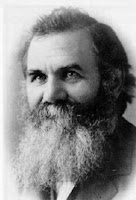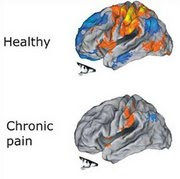Most people think of chiropractic for pain relief, and it’s great for that; but chiropractic is also necessary to keep the nervous system functioning optimally. That’s why chiropractic adjustment for kids is essential.
It’s rare for children to experience chronic pain the way adults do, although it does happen. More important, though, is that children are in the developmental phase of growth, and as such they are establishing neural pathways that will shape their future experiences and, thus, their lives. Chiropractic adjustments can aid in that development so that they fight infection easier, handle bumps and bruises better, and experience growth and neurological wellness unimpeded.
The nervous system takes in and processes information from the environment around us. So pediatric chiropractic adjustments, then, allow the nervous system to do what it does best–recognize, analyze and create responses with no interference. Think that is useful for a developing child?
I’ve been receiving chiropractic adjustments since I was seven–thanks mom! And that’s exactly what I do for my children, too–provide them with healthy, optimally functioning nervous systems. If you and your children live the chiropractic lifestyle now–bravo! If not, try it–you’ve got nothing to lose, and everything to gain. It’s safe (watch the videos: those are my most precious treasures, my daughters), effective, and it FEELS GOOD!














